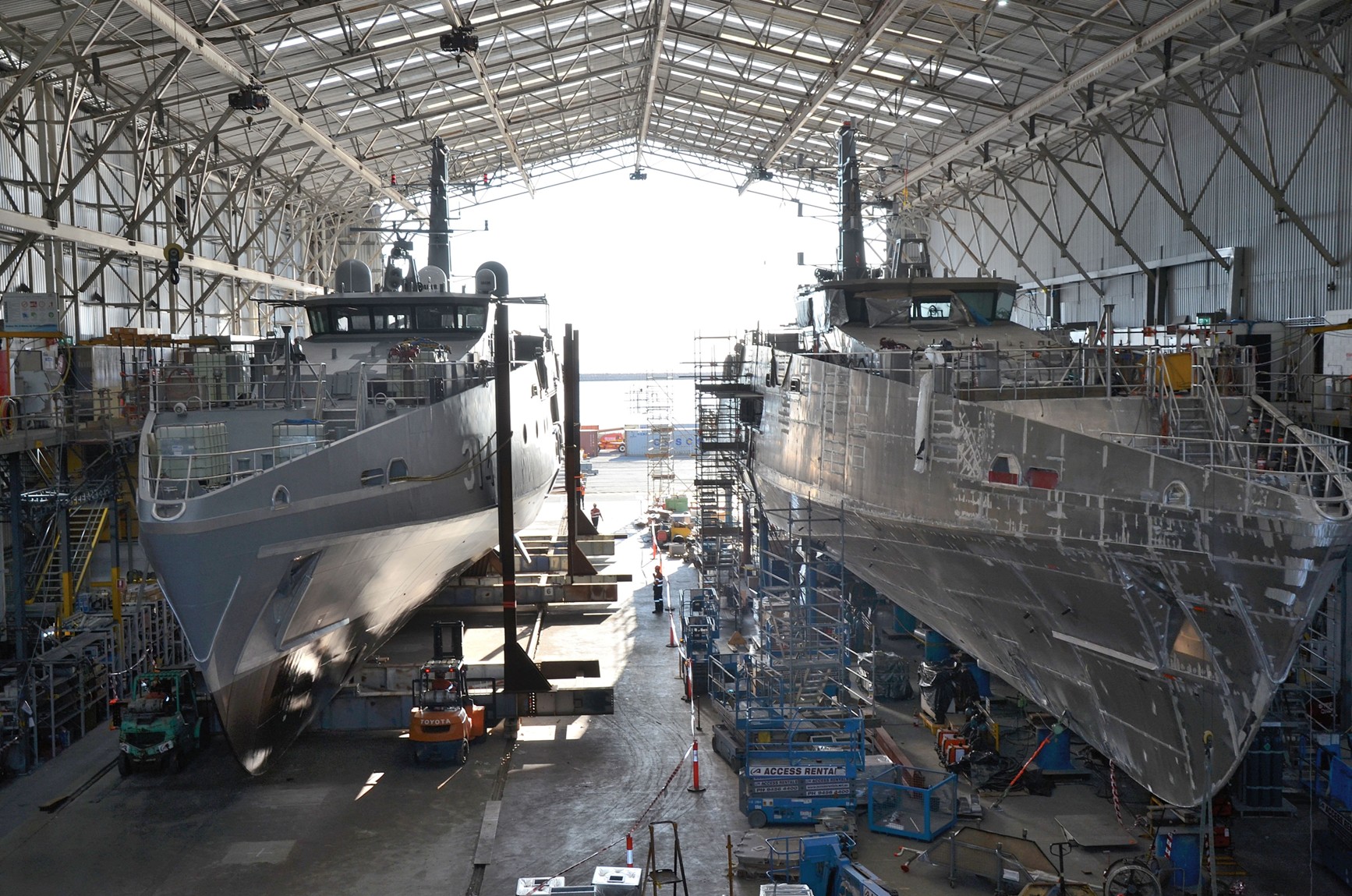devo99
Well-Known Member
So where does this put Birdon?

 www.defenceconnect.com.au
www.defenceconnect.com.au

Austal to design, build Landing Craft Medium vessels under $1.029 billion Australian contract
Austal has announced the award of a $1.029 billion contract to design and build Landing Craft Medium vessels under the Strategic Shipbuilding Agreement signed with the Commonwealth of Australia.



